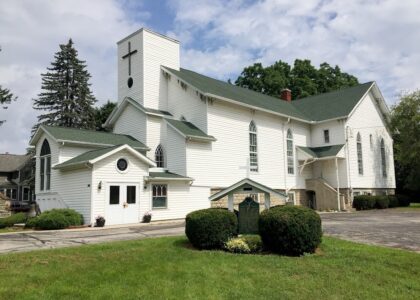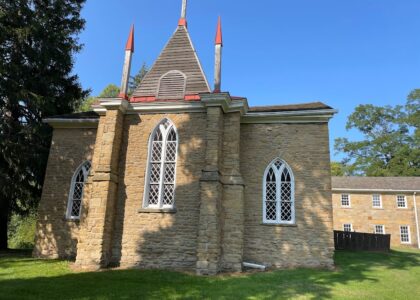Welcome to Presque Isle Park, a timeless testament to nature’s beauty and history on the shores of Lake Superior in Marquette, Michigan. This 323-acre forested peninsula stands as a tribute not only to its natural landscapes but also to the historical figures who recognized its value. The story of Presque Isle begins with Peter White, a key figure in Marquette’s development, who in the mid-19th century envisioned a public space that would preserve the region’s natural beauty. White’s efforts to secure the land for the city led him to serve in the Michigan House of Representatives, where he tirelessly advocated for the park’s creation. In 1891, the renowned landscape architect Frederick Law Olmsted visited Marquette. Known for his work on New York City’s Central Park, Olmsted was asked to develop a plan for the nascent park. After taking in the rugged beauty of the peninsula, he famously advised the city with the simple words, ‘Don’t touch it.’ He urged that the land be preserved as it was, unspoiled by human intervention. This advice laid the foundation for the park’s enduring natural state. Over the years, Presque Isle Park has become a haven for nature lovers and history enthusiasts alike. Its ancient basalt rock formations, carved by millennia of geological activity, offer a glimpse into the Earth’s distant past, contrasting beautifully with the vibrant blue of Lake Superior. The park’s trails wind through a diverse ecosystem, home to over 100 species of native plants and a variety of wildlife, including a rare population of white-tailed deer and migratory birds. One of the park’s most enchanting locations is Sunset Point, where visitors can witness the sun dip below the horizon, painting the sky in hues of pink and orange. This natural spectacle is a reminder of the park’s untouched allure, a view once appreciated by Olmsted himself. Presque Isle Park remains free to all visitors, a public treasure preserved for future generations to enjoy, just as Olmsted and White envisioned.



